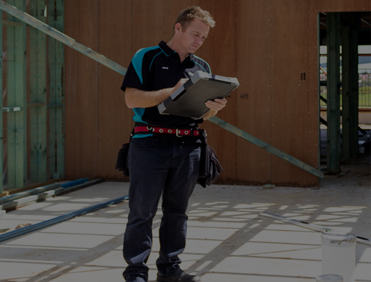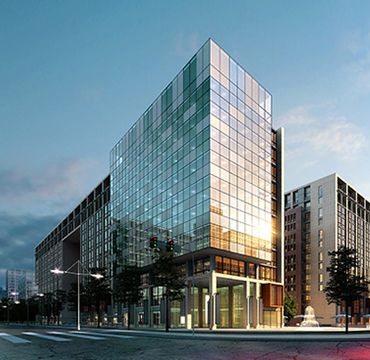Asbestos Inspections Perth
Asbestos is a naturally occurring mineral fibre. If inhaled, fibres can lead to serious health hazards including asbestosis, mesothelioma and lung cancer. Friable asbestos products have been commonly used in commercial and industrial settings since the late 1800s for fireproofing, soundproofing and insulation. Some friable products were also used in houses and may still be found in houses built before 1990. Asbestos cement materials can become friable when they are sufficiently damaged, badly weathered or otherwise deteriorated.
In Australia, asbestos cement materials were commonly used in the manufacture of residential building materials from the mid-1940s until the late 1980s. During the 1980s asbestos cement materials were phased out in favour of asbestos-free products.
From 31st December 2003, the total ban on manufacture, use, reuse, import, transport, storage or sale of all forms of asbestos came into regulation. Many dwellings built before 1990 contain asbestos cement materials, especially in the eaves, internal and external wall cladding, ceilings (particularly in wet areas such as bathrooms and laundries) and fences.
To ensure your home is safe and/or free of asbestos containing materials we highly recommend you engage a Next Level Asbestos Assessor to arrange an inspection and report. A full report including the confirmed findings from the lab results will be provided (if sampling has been agreed upon). In the report we will discuss asbestos management and recommendations regarding safe removal of asbestos. As we have no financial relationship with any asbestos removal company you can be assured of impartial advice.
If your property was built:
- Before the mid-1980s it is highly likely that it has asbestos-containing products
- Between the mid-1980s and 1990 it is likely that it has asbestos containing products
- After 1990 it is unlikely that it has asbestos-containing products
- Some houses built in the 1990s and early 2000s may have still used asbestos cement materials
- Until the total ban on any activity involving asbestos products became effective from December 2003
We will inspect and report on:
- The suspected presence of Asbestos or Asbestos containing material (ACM)
- Urgent and serious safety hazards identified related to asbestos. For example is the suspected asbestos friable, encapsulated or bonded
- Where sampling is included, confirmation as to whether the samples tested are Asbestos and of which type they are and their condition
- Asbestos Inspections Perth
Sampling:
We highly recommend sampling as this is the only measure to confirm if materials identified are asbestos. Suspected asbestos samples will be tested by a NATA (National Association of Testing Authorities) accredited laboratory in WA, which utilise standard methods and techniques to conduct asbestos testing.
If the inspection includes sampling, we will safely remove small (20c piece) size samples of building materials. Prices start from $150.00 for each sample taken and all subsequent samples will be $99.00 each.
Following the sampling we will seal the area affected by the removal and we always select unobtrusive, low risk locations to remove samples wherever possible. We require written permission prior to sampling from the owner of the property.
Air monitoring can be organised at client request.
Lab analysis of samples may take 1-3 working days. Additional costs can be applied for same day or emergency 2-3 hr turnaround results within business hours.
Asbestos-containing products used in houses
Bonded Asbestos Products:
The vast majority of asbestos-containing products used in houses were bonded asbestos cement materials, including but not limited to:
- Roofing
- Shingles and siding (villa-board and similar)
- Exterior and interior wall cladding
- Eaves
- Fencing
- Thermal boards around fireplaces
- Water or flue pipes
Friable Asbestos Products:
Some friable asbestos products maybe also be found in houses, including:
- Asbestos-rope door gaskets in wood stoves
- Loose fill roofing insulation (not common)
- Spray-on insulation or soundproofing
- Low-density asbestos fibre board
- Insulation on hot-water pipes, domestic heaters and stoves (e.g. lagging)
- Backing material on floor tiles and vinyl flooring
- Carpet underlay (not common)
- Textured paints, decorative ceiling coatings
- Heat-resistant fabrics
- Brick and plaster sealants, fillers and some adhesive products
- Hail or fire damaged, or badly weathered asbestos cement materials




